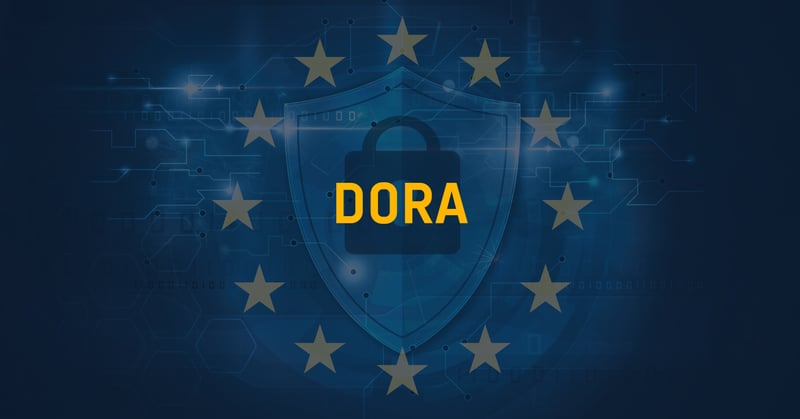We’ve recently done a pen test of our infrastructure
Pen tests are a great step in securing your business. While penetration testing is complementary to vulnerability management, the objective of a pen test is largely different. A pen test will offer you an in-depth analysis, but it only focuses on a limited part of your infrastructure and only provides results that are true at that moment in time.
Every day, cyber security researchers discover new vulnerabilities that can threaten your organization. Tech platforms respond to these vulnerabilities by releasing critical patches to safeguard their customers – you need to be aware of these changes.
Continuous scanning across all systems, applications, and cloud resources is crucial to make sure you don’t have any blind spots. Once you get in control – you can stay in control.
Our EDR/XDR platform also covers vulnerability management
Many EDR/XDR providers claim to offer vulnerability management in their platforms. However, the truth is that EDR/XDR providers excel at threat detection and response in real-time (i.e. when a threat actor is active in your environment). In contrast to this, vulnerability management is a proactive approach to secure your organization’s assets before threat actors find a weakness.
EDR/XDR providers do not provide the same service as vulnerability management specialists, despite what they may claim. EDR/XDR specialists focus on real-time activity, whereas vulnerability management specialists operate proactively to strengthen your cyber defenses.
Vulnerability management providers specialize in attack vector coverage (covering all your assets), the total amount of vulnerabilities that are detected, and the speed of detection for zero-day vulnerabilities. These are crucial components that contribute to the quality of your vulnerability management data and are essential to avoid risks and blind spots across your infrastructure. The dedicated security teams at these companies focus on these aspects daily to provide top-notch services and high-quality data.
Vulnerability management is too much work for our organization
It is absolutely true that vulnerability management is a process that requires both time and work – by discovering all the vulnerabilities present in your infrastructure, you will be met with more remediation and workload. This is ultimately a good thing as at least teams have knowledge of vulnerabilities they have in their environment. What is bad is not knowing where to start.
Unfortunately, the industry has experienced a common practice of large market players pushing (costly) licenses onto customers, without the proper guidance and advisory necessary for a team beginning their vulnerability management journey. These same companies provide platforms that are built for large enterprises, rather than intuitive software built for a growing business.
Vulnerability management should be accessible to all organizations regardless of size, but this requires realistic licensing models, easy and intuitive technology, a supportive vendor and a scalable approach. By starting small, you can prioritize and protect the crucial infrastructure in your IT environment and build as your control grows.
Vendors that provide vulnerability management software need to ensure that the technology is tailored to the customer’s organization and that the services are implemented according to the customer’s needs. The very nature of vulnerability management is not a generic approach – so close cooperation between vendor and end customer is crucial. Otherwise, businesses would be stuck with a siloed tool rather than a broadly used platform that is integrated with day-to-day business practice.
Vulnerability management platforms are too expensive
The traditional (US-based) and well-known vulnerability management platforms are enterprise-oriented and therefore they do indeed come with an “enterprise price tag.” This enterprise price tag is normally spread out over various modules, features, products and functions – all packaged up in complex licensing models.
This approach leads to:
- Organizations feeling lost in the complexity of licensing
- Questioning whether all the bells and whistles contribute to the core function of vulnerability management
- Organizations desire fast and thorough detections across all asset types in their IT environment - integrated as one platform (vs. separate building blocks acting separately). What’s more, we can visualize it in one dashboard hub and generate all your reports from there.
This approach will actually come at a reasonable price for organizations of all kinds.
Conclusion
To sum up, although some may raise objections to vulnerability management, it is a crucial practice in modern cyber security.
- While penetration tests are helpful, they only provide a snapshot of vulnerabilities at a specific time, leaving organizations vulnerable to new threats.
- EDR/XDR platforms may cover vulnerability management, but they primarily focus on real-time threat detection and response, lacking the proactive approach needed to strengthen cyber defenses.
- Implementing Vulnerability Management may require some effort, but with a tailored approach and a good partnership it will fit into the workload of the IT team.
Ultimately, embracing vulnerability management is essential in reducing business risks and maintaining control over infrastructure security.






